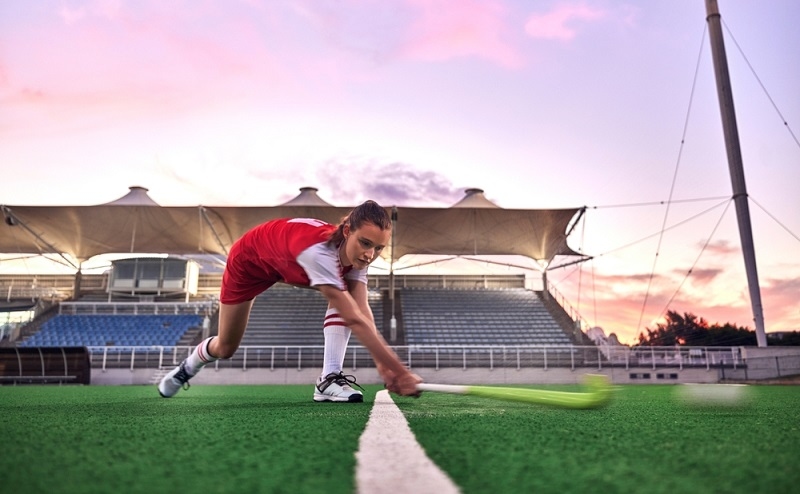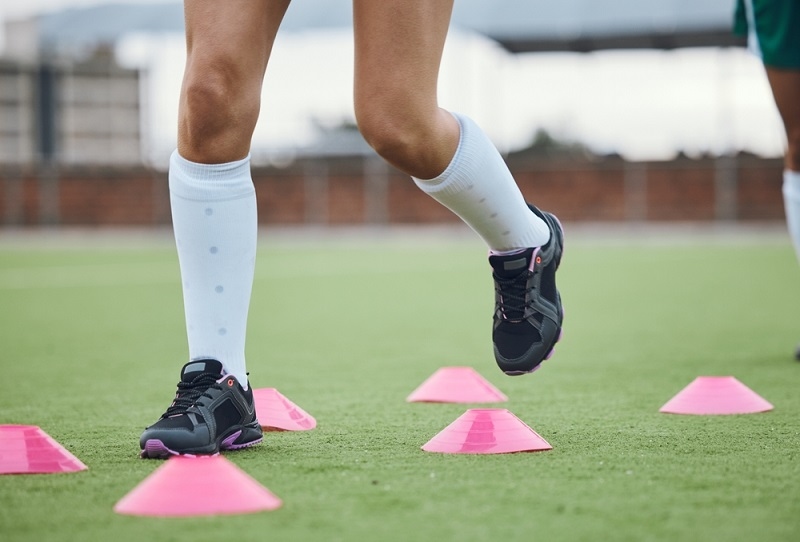
The noise of the crowd, the loud scrape of blades, the fraction of an instant that results in a game-winning goal—hockey is a beautiful chaos of very well-controlled chaos. Away from the rink, however, is where the real composition of an elite player takes place. It happens in the weight room, on the track, and in the gym with committed hockey training. None of this is a cookie-cutter program.
A well-designed program is a targeted attack on the specific gas and energy demands of the game—what we call hockey strength training (with a potent edge). In the same breath, anaerobic, lung-busting, and fatigue factors are developed through well-rounded and efficient top hockey drills. This is the system that separates a good player from a great one—an athlete who is faster, stronger, and more tired than the other person.
Hockey workouts that are the most beneficial develop the physiological needs required by the sport itself. The benefits are:
Well-planned hockey workouts will not only provide a player with a conditioned state but also instill resilience for the entire season.

Weightlifting is the bedrock of hockey performance. In the absence of weightlifting, skating speed, balance, and shot power will all be compromised. Introducing hockey strength training will allow athletes to:
Hockey plyometric workouts are crucial for developing the fast-twitch muscles required for sprinting on the ice. These explosive movements build acceleration and fast changes of direction.
Completing or practicing plyometrics two to three times a week will enhance your power from the gym to the game of skating.
Often, the outcome of a game is determined by a team or player who can skate faster or be a little more agile than their opponent. Hockey speed and agility training enhances quick starts, stopping, and lateral movement.
If emphasized consistently, many players will dominate the ice in both offensive and defensive situations.
Hockey is a high-intensity sport that consists of short, intense bouts with minimal recovery time. This is why hockey conditioning drills are essential in aiding stamina.
Conditioning drills simulate the intensity of the game, which helps players last longer and recover more quickly between shifts.
In addition to developing the building blocks, off-ice training develops extreme efficiency for hockey exercises that directly transfer to game play. Training simulates conditions similar to those found in gameplay and develops hockey-specific movements.
On-ice training refines technical skills while developing hockey-specific movement skills.
Core strength is crucial for maintaining balance, achieving accuracy in shooting, and preventing injuries. A stable core enables players to remain strong when hit and remain flexible when moving.
Training a strong core will enhance strength in hockey and improve balance in skating.
Hockey is a game dominated by the legs, and lower-body strength and endurance are crucial for effective skating.
Combining this with hockey-specific plyometric workouts yields the optimal combination of skating power.
Hockey players require robust shoulders, arms, and chests to protect the puck and deliver powerful shots effectively.
These exercises will all complement on-ice hockey drills, especially for puck protection and battling for the puck.
Like any sport, hockey has physical demands that necessitate strong recovery practices. Having flexible routines can prevent injuries and extend the longevity of the athlete's performance capabilities.
Recovery can be just as necessary as the training itself to achieve the most consistent gains, all while training on the ice for the hockey athlete.
A good hockey training program includes:
| Day | Focus | Exercises |
| Monday | Strength | Squats, Deadlifts, Bench Press |
| Tuesday | Conditioning | Sprint Intervals, Shuttle Skates |
| Wednesday | On-Ice | Stickhandling, Passing Laps |
| Thursday | Plyometrics | Box Jumps, Lateral Bounds |
| Friday | Speed/Agility | Cone Drills, Sprint Ladders |
| Saturday | Optional | Active Recovery |
| Sunday | Rest | Stretching, Mobility Work |
To achieve healthy training results in hockey, proper nutrition and effective recovery are required. The following tips can help
Eating well combined with sensible training plans will help you take the most significant advantage of any hockey strength training and conditioning program.
Elite hockey doesn't come from luck. It occurs when athletes engage in purposeful and thoughtful hockey-specific workouts and training. By properly implementing an extensive hockey strength program, an exhaustive hockey conditioning program, on-ice training, off-ice training, tactical hockey drills, on-ice hockey power or plyometric programming, and on-ice hockey speed and agility training, you begin to create the complete athlete. Commit to the process, challenge yourself, and enjoy the on-ice changes, one shift at a time.
This content was created by AI